Accepting what comes our way
Life as it is
My dog romps with joy in the woods, completely abandoned in the pleasure of moving, chasing, running, and being. I follow his trail and find my mind visiting the news I heard this morning of another human-created event. Why do I resist life as it is in this moment, walking in the woods?
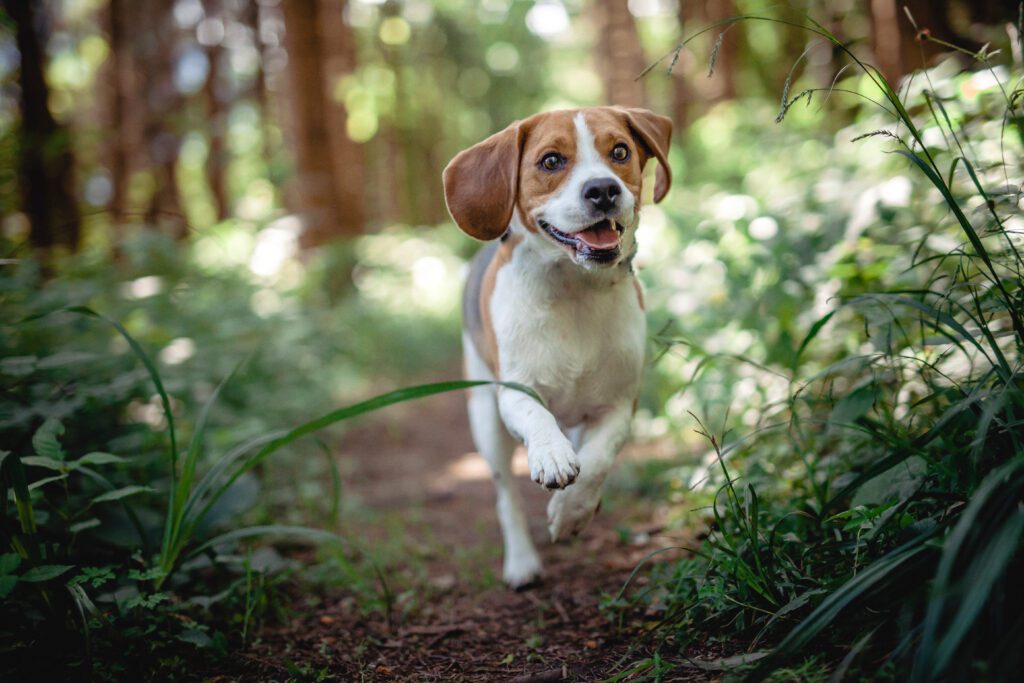
What can animals teach us?
My body and my mind are not together in this moment, in these woods, walking with my dog. He is involved in the moment of being, an integral whole. There is no resistance to letting go entirely and becoming joy.
My mind grasps the immediacy of “now.” I have catchphrases in unexpected places to remind myself of the importance of living in the present moment. Slogans and quotes emphasize the need to live right here, right now. Riding my bike, walking on a rocky trail, driving my car, and actively paying attention to reality is the difference between hitting an oncoming vehicle or falling over a rock in the way. I sense a difference in my dog’s joy and my focused attention on the moment.
Like many, I grasp this and have brief moments of touching it inwardly, during which time seems to take a back seat to this moment: a magical sunset, a child’s laughter, or a moment of deep meditation. But after considering this, living in the moment, I recognize that I am living with quite a few sentient beings who embody embracing life as it is. My brain has filtered out what they are, creatures of the present moment.
Reflecting on the experience of having animals around me, I realize what I often learned was the limit of my human nature. The animals did not resist reality. They embodied what life is in the moment.
So, what gets in the way of embracing life as it is?
Eckhart Tolle, known for his book, The Power of Now, also wrote a book on animals and their relationship with humans, Guardians of Being. He wrote:
“I call animals “guardians of Being,” especially animals that live with humans. Because, for many humans, it’s through their contact with animals they get in touch with that level of being.” He went on to say, “We get lost in doing, thinking, remembering, anticipating, lost in a maze of complexity and a world of problems. Nature can show us the way home, the way out of the prison of our own minds.”
On our walk through the woods, my dog wanders nose to the ground seeking evidence of others who passed this way, and my mind is on all the things I have to do today clicking a checklist in my mind. He is intense, enjoying the morning sun, the smell of freshly mown grass, and the birds singing in the woods. I find myself unaware until I almost trip over him. I am stopped physically and mentally, and see the reality in front of me.
At this moment, a bee is buzzing, and a seed from the cottonwood tree floats through the air. Like that, I am in this moment and this reality, where my dog has always been. I see that if I am walking thinking about where my feet will be in the future, I will trip over where my feet are. My dog knows this and embodies it. My dog lives reality as it is.
Unconditional Love
“Practice love on animals first: they react better and more sensitively.” A quote from GI Gurdjieff, Russian philosopher and spiritual teacher of the 1900s.
As a child, I had to care for our family’s dogs, cats, and horses.
As a child, I had to care for our family’s dogs, cats, and horses. My dog could not turn on a faucet to get water, and he relied on me to give him water to drink and food to eat. I brushed, played with, and most of all, spent time with him. I learned early on that not taking care of the animals even when I was tired or not wanting to was not an option. They relied on me entirely. It taught me to be aware of the necessities of others and to take care of them first.
Animals give a testing ground for learning unconditional love. They teach us to look beyond the material things of life to the loving enthusiasm of being.
A deep sense of acceptance is shown to us as we accompany them through aging, illness, and death. We experience survival, how fragile life is, and the delicate balance required for them to thrive.
As a child of eight, I helped a baby chick hatch. I thought that I was showing love by lifting the chick’s shell. But the chick died because I interfered. The struggle of hatching is an essential part of the life cycle. The effort creates strength. Animals made me look at struggle and difficulty differently and accept the wisdom of nature.
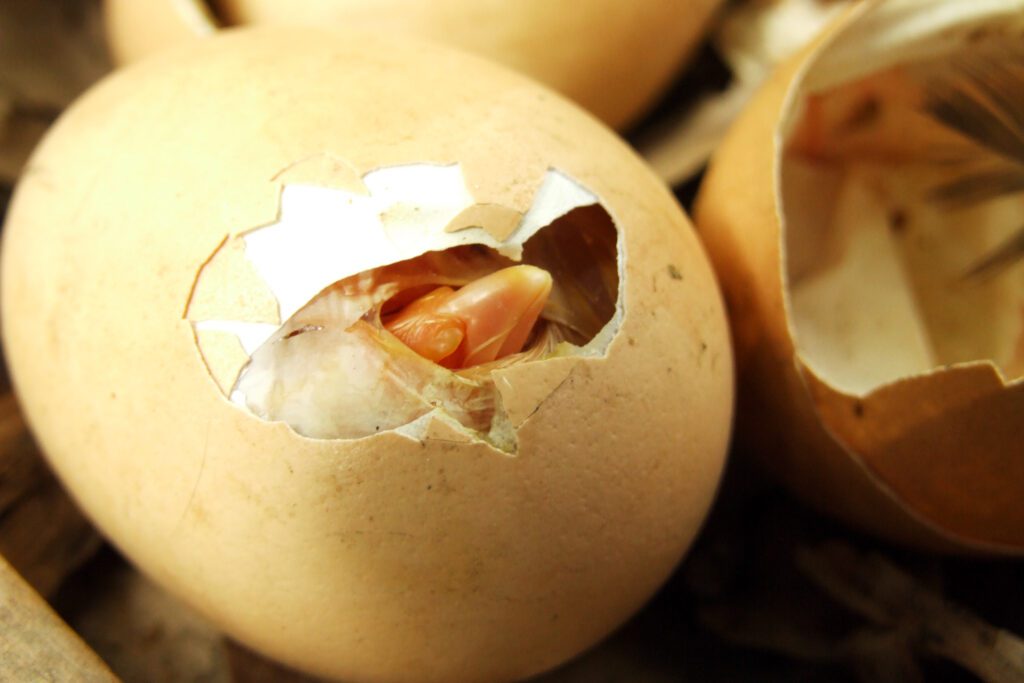
I say that from the experience of growing up and living with dogs, cats, birds, horses, goats, ducks, chickens, rabbits, and assorted other two and four-legged beings, even slippery-slidey ones and ones that live in water and earth.
Acceptance
I worked with a breed of cats derived from cancer research in the 1970s before there was a vaccine for feline leukemia. The Bengal cat is a cross of an Asian leopard cat (immune to this cancer) and domestic cats. When I began working with them, they were very early generation and often wary of human contact. The focus of my breeding program was to breed for beauty and health but, most notably, for temperament. I wanted to create a healthy, beautiful animal that sought out human interaction.
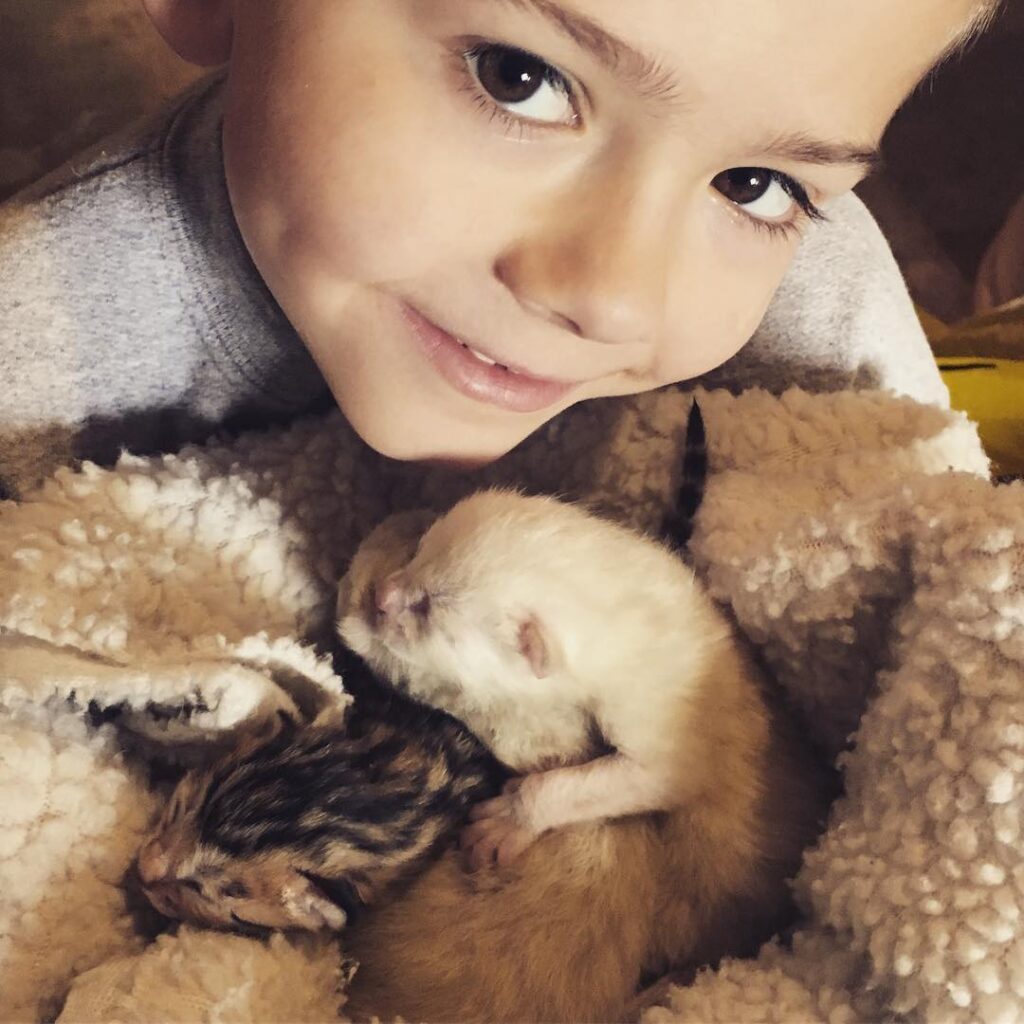
This intention began anecdotal research for me. I bred only those cats that allowed me to handle the kittens from birth. When the mother was in intense labor, she had to accept my presence and allow me to breathe on and hold her newborn babies. I discovered the mother’s acceptance levels and could select friendlier and more relaxed mothers, creating more social and relaxed kittens.
Classes of animal behaviorists came to my home and observed a single kitten for two or three hours. We noted the more confident the kitten was, the more interactive it was with people. While individual differences were seen, kittens handled early on were generally more friendly and interactive with people.
What do we mean by acceptance?
A remarkable story came about one day. A mother of an autistic child wanted to get her son a kitten as she had read autistic children benefitted from close contact with cats. So I had them come to my home where I had several 8–10-week-old kittens. His mother and I watched the interaction between the kittens and the child and we did not interfere. He frightened some of the kittens with his quick movements. Some were curious about him but remained outside of his reach. A few of the more confident ones sought him out. While his mother and I watched, one young kitten climbed on his lap.
We witnessed the magical interaction between a trusting little animal and this young boy. This kitten seemed to know not to struggle when picked up abruptly, and he did not scratch or wiggle to get down. The boy had his companion. The mother stayed in touch over the years, and the kitten, then cat, was always with him, sleeping, playing, and enjoying this life interaction.
Focused Attention
When I was a young child, my dog followed me everywhere. He was a mixed breed that my brother had gotten at the pound. Duke looked like Petey on the Little Rascals, a mixed-breed pit bull. Duke and I traveled our small mid-west neighborhood roaming the gravel alleyways and greeting the neighbors. It was a time of safety and security.
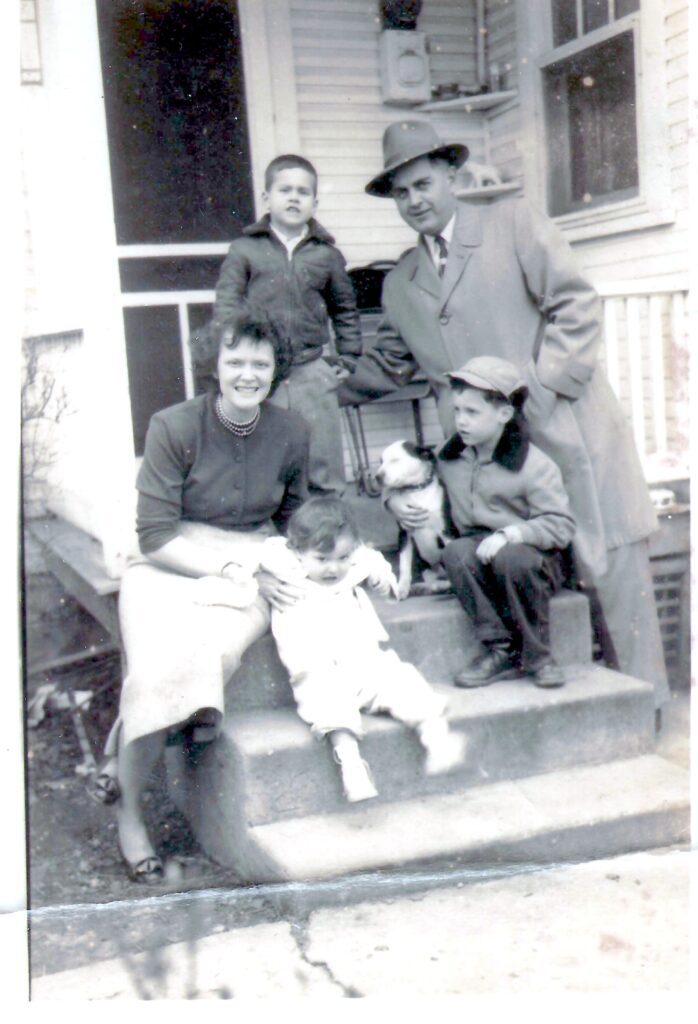
He was not allowed to come in the house, as my mother would not allow it, but stayed outside. When I would go into a neighbor’s home, my mother would know where I was because Duke would sit outside and wait until I came out again. When I came out, it was a joyous greeting as if I had been gone for a long time. His only focus was my presence
Duke would stand between me and anyone who came by me, he was my guard, my protector. I was too young to understand this loyalty. I knew I was his person, the one he chose over any other, much to my brothers’ dismay. My brothers were older and had their friends. But Duke and I had a special bond; he was my best friend.
He was a special guardian. If I fell and hurt myself, he was by my side to lick away my tears, comforting me. He never seemed to mind my pulling on him as a toddler, using him to stand, pulling his ears, and all the antics of a growing child.
When I meditate on focused attention, I realize he naturally had this trait.
Duke was the embodiment of focused attention. Nothing would distract him from his task, waiting for this child that he had chosen. I think of this now and reflect on my love for my fellow humans and the divine. I am not so focused or waiting patiently for them.
Be in the Moment
In the late 1990s, two of my cats lived in a New York City condominium within view of the Twin Towers. After 9/11 when the towers crashed, their owner called me and shared a very touching story. She explained where she lived and the shock of living so close to the tragedy she witnessed just outside her window. The cats, she explained, saved her. Their world was her, not the smoke and chaos outside her building. Their focus was where it had always been, on her.
Taking care of them daily because their needs had not changed forced her to venture outside her condominium. She shared that her anxiety and fear almost paralyzed her, but they needed her to survive. Her love for them kept her moving. She ventured out, found many others in the same position, shared her concerns, and connected her story to the whole of humanity. But for the cats, she learned that in their reality, nothing had changed. She said that without the cats, she was unsure how she would have continued; they healed and accompanied her during the most tragic days.
Patience
My lack of patience often revealed itself in my relationship with animals. As a teenager, my father bought me a two-year-old that was 16.5 hands high (a hand is four inches). She had never been in a stall and used her free-roaming style of grazing and roaming fields. Now, she was in a stall in a strange place, with a very intense two-legged wanting to make friends with her. She was an American Saddlebred, a magnificent, proud animal that was unprepared for the life she would now have.
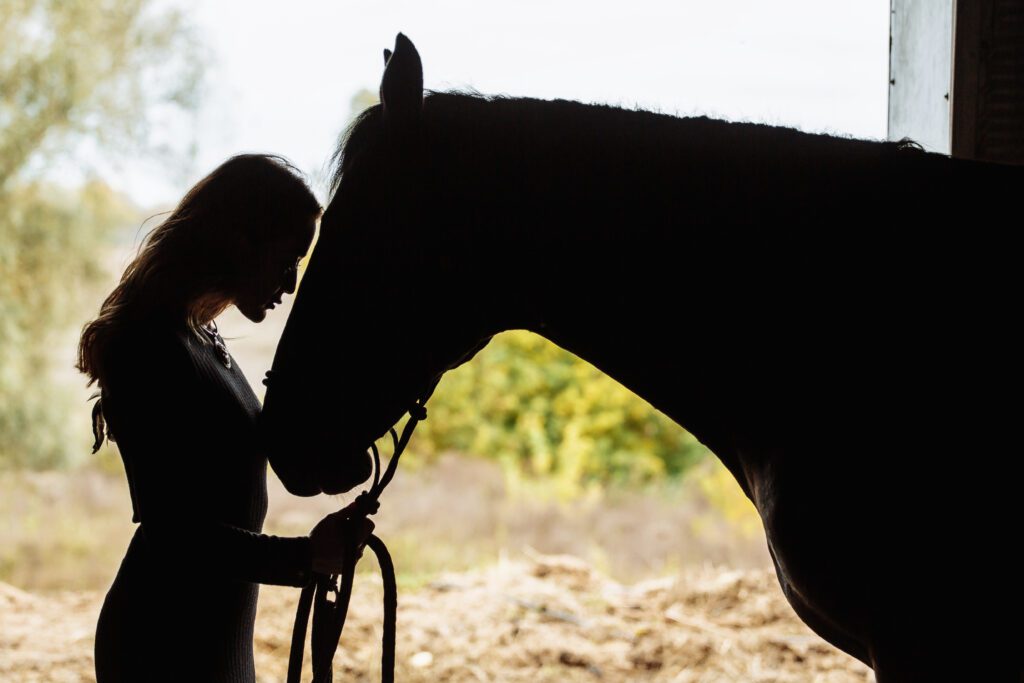
Ramona Redlight was her registered name, high-strung and the most beautiful animal this teenager had ever seen. While I was in love with her, Romana wanted nothing to do with me. Gradually, she taught me my enthusiasm for her did not calm her nerves. What she needed from me was stillness. She needed me to learn patience. While my impulse was to rush in and control her, she showed me I needed to master my emotions and become calm. Every day for hours, I would talk to her in a neutral, friendly tone, with grain outstretched in my hand. While I learned patience she began to accept my presence as not being threatening. At first, she would stick her head in the stall corner and face her hind quarters toward me.
During this time, I learned to read her body language. To be sensitive to her fear, her awareness of any change in my tone of voice, in my movements. If I was impatient or not aware enough of her, it would cause a reaction from her, and my response would compound this. I had to learn to be still, to listen to her energy. I had to gain her trust.
Taming my horse, taming my emotions, taming my mind
Gaining her trust was not something that was going to happen quickly. First, I was to get her to allow me in the stall with her, then to eat from a bucket I held, then from my hand. Her skin would twitch at my touch, so I spent hours resting my hand on her until she stilled, then brushed and groomed her. Some days, I was back at step one where she could barely stand my touch, then suddenly, she would accept. Each step of the way was a huge step forward in our relationship. She taught me to allow her to show me when she was ready for the next step. If I rushed her, I would have to start again to regain her trust.
For a whole summer, I worked every day with her for hours. I did not realize what she was teaching me at the time. Among the biggest lessons I learned was to quiet my anticipation, release my “human mind”, and focus on the feel of her. This interior movement lies beyond the words of understanding and description and steps into the realm of the most profound trust in oneself.
The fox’s words in The Little Prince’s story describe what the Little Prince must learn to “tame the fox.”
From The Little Prince, by Antoine de Saint Exupery.
‘What must I do, to tame you?’ asked the little prince.
‘You must be very patient,’ replied the fox. ‘First you will sit down at a little distance from me-like that-in the grass. I shall look at you out of the corner of my eye, and you will say nothing. Words are the source of misunderstandings. But you will sit a little closer to me, every day…”
Rereading these words is interesting. To get close to the unknown, to be aware of a deeper part of what I call reality, I must sit down a little distance from myself and allow the silence to come closer to me every day. I call this meditation. It is learning to tame the mind to simply be in reality, accept life as it is.
About the Author(s)
Libbie is a graduate of Ohio State University where her degree has proven a flexible base for writing, teaching, and exploring life. She facilitates the weekly Sunday eDialogue.





